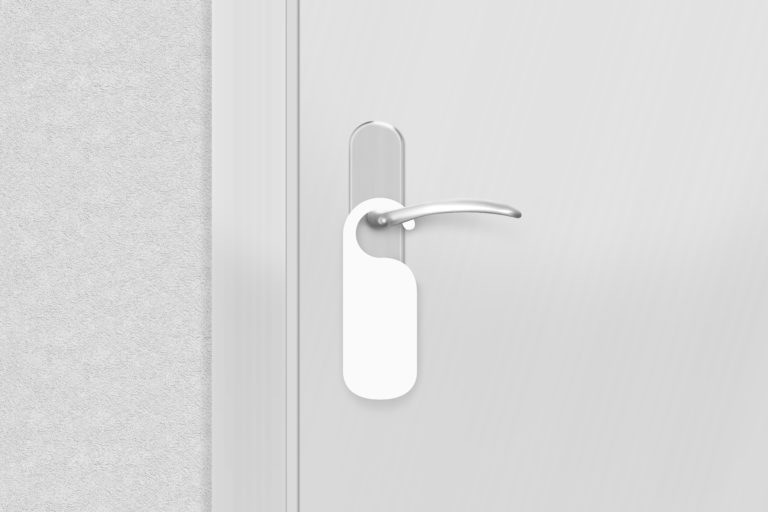Like that old seventies hit, “Baby Come Back,” business owners (or their marketing managers) sing the sad refrain of “Customer, come back” when customers “churn.” (That’s marketing-speak for when they stop acting like customers—they disengage, unsubscribe, defect to the competition, stop buying, etc.)
It doesn’t really matter why a customer fades away. You can launch a re-engagement campaign regardless.
You might never find out exactly why a customer churned—but that shouldn’t stop you from making an effort to win them back with a re-engagement campaign.
Re-Engagement Basics
A re-engagement campaign is a two-step process:
- Identify when a customer has churned
- Create and launch offers to win them back
Churn is more obvious in some kinds of businesses (the customer cancels their membership, for instance) so the first thing you’ve got to do is define what churn is for your business. Is it when they haven’t opened your last six emails? Last twelve? Haven’t made a purchase in six months? A year?
If you monitor your marketing with any sort of modern marketing automation system, once you’ve defined churn, you should easily be able to identify when it happens and set up an automated sequence to respond to it.
Your campaign can’t be anything as blunt as “Baby, come back!” (Then again, for some kinds of businesses—perhaps a music streaming service—it might work.) Like any effective marketing piece, your re-engagement campaign has to have an irresistible offer…something like these:
- “Enjoy 25% off your next order for the next seven days”
- “Get a free (product, add-on, etc.) with your next purchase”
- “Now! Pay as you go (or another kind of pricing option that might better suit their needs)”
While you will likely have some decent response to your first email, plan on multiple emails over a several-month period. Reason: One 2014 study of re-engagement campaigns showed that 25% of disengaged customers continued to open and read emails for 300 days after the first re-engagement message.
This Puts the Oomph in Your Re-Engagement Campaign
The problem with relying on email alone when conducting a re-engagement campaign is that not all churns will still be active email subscribers.
For some, you will have been marked as spam. Others will have unsubscribed. Maybe they closed out that particular email account. (A recent forecast noted that the majority of email users have multiple email accounts.)
So if you’re not totally certain you’re reaching their in-box, go for their mailbox. Send them direct mail; a postcard.
This is something that the majority of digital marketers never consider.
It doesn’t even make all that much difference if you create a new offer or just sent a direct mail version of whatever your email offer is; even injecting a single postcard into your win-back campaign increases the possibility of a returning customer.
And because direct mail still dominates results, adding additional postcards to the campaign will correspondingly increase your results.
Whether you’re trying to win back customers or just win some, period, you can’t do better than with direct mail. You can design and mail your first postcard campaign right now, from your computer, at www.prospectsplus.com/pei.
Or, if just the idea of graphic design makes you sweat, give us a ring at Opportunity Knocks at 1 (866) 319-7109, and tell us what you need. Our design and marketing pros will handle the design, list, and mailing for you—no sweat.







